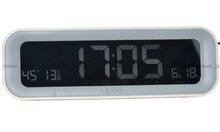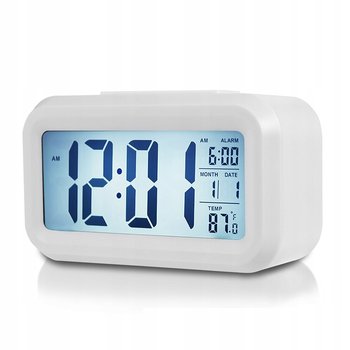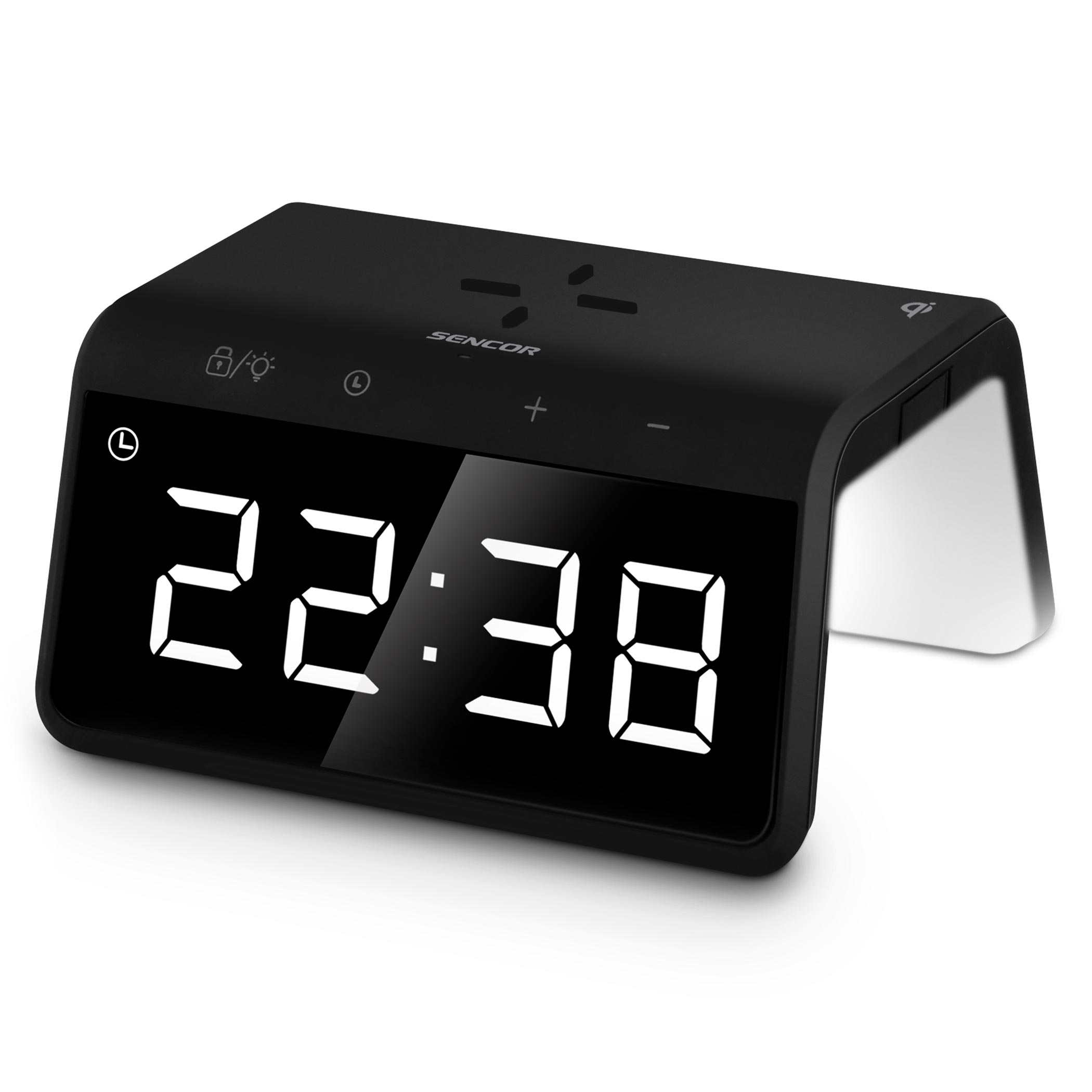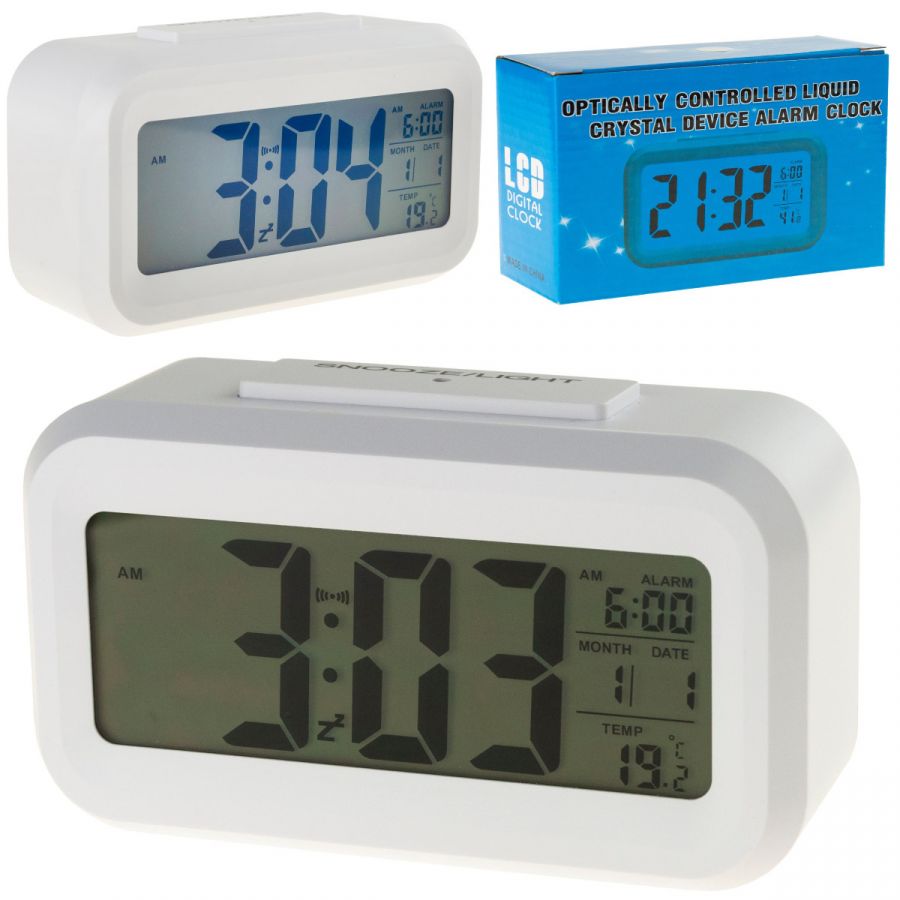
Obudź cyfrowy budzik elektroniczny LED Mini pulpit zegar lustrzany lekki budzik wschód słońca dla dzieci kup niedrogo — cena, bezpłatna dostawa, autentyczne opinie ze zdjęciami — Joom

CHEREEKI Cyfrowy Budzik, Byfrowy Zegar LED z Wyświetlaczem Temperatury Przenośny Budzik z Lustrem Zegar Stołowy z 2 Alarmami 13 Dźwięków Alarmu Akumulator USB 4 Regulacja Jasności i Głośności, 12/24 Godziny : Amazon.pl: Dom i kuchnia

Budzik cyfrowy – zasilany sieciowo, lustrzany budzik bez tykania, prosta obsługa, bez dodatków, budzik, funkcja drzemki, regulator jasności, duży wyświetlacz LED, 2 x zasilacz USB, 12/24 godziny : Amazon.pl: Dom i kuchnia
Cyfrowy Budzik LED Elektroniczne Zegary Na Biurko Temperatura Zegar Cyfrowy Budzik Do Domu Kreatywny Kwadratowy Zegar Elektroniczny | Shopee Polska

Cyfrowy budzik LED z alarmem drzemki, automatyczny inteligentny zegar, przenośny zegarek biurkowy, podwójny zasilacz, na biurko, do sypialni, dla dzieci i dorosłych, łatwa obsługa (biały) : Amazon.pl: Dom i kuchnia

Gembird Cyfrowy Budzik Z Funkcją Bezprzewodowego Ładowania Srebrny (Dacwpc01S) - Opinie i atrakcyjne ceny na Ceneo.pl














